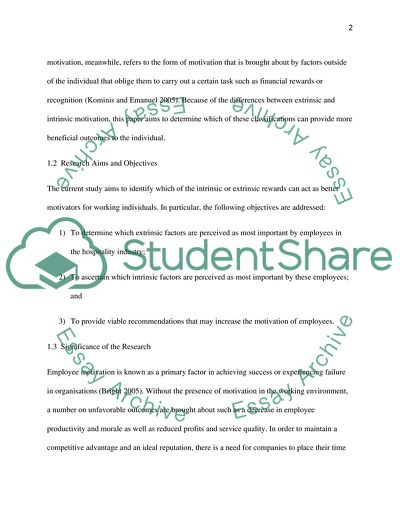Cite this document
(“Motivation: An Investigative Study on whether Intrinsic or Extrinsic Research Paper”, n.d.)
Motivation: An Investigative Study on whether Intrinsic or Extrinsic Research Paper. Retrieved from https://studentshare.org/miscellaneous/1574993-motivation-an-investigative-study-on-whether-intrinsic-or-extrinsic-rewards-acts-as-a-better-motivator
Motivation: An Investigative Study on whether Intrinsic or Extrinsic Research Paper. Retrieved from https://studentshare.org/miscellaneous/1574993-motivation-an-investigative-study-on-whether-intrinsic-or-extrinsic-rewards-acts-as-a-better-motivator
(Motivation: An Investigative Study on Whether Intrinsic or Extrinsic Research Paper)
Motivation: An Investigative Study on Whether Intrinsic or Extrinsic Research Paper. https://studentshare.org/miscellaneous/1574993-motivation-an-investigative-study-on-whether-intrinsic-or-extrinsic-rewards-acts-as-a-better-motivator.
Motivation: An Investigative Study on Whether Intrinsic or Extrinsic Research Paper. https://studentshare.org/miscellaneous/1574993-motivation-an-investigative-study-on-whether-intrinsic-or-extrinsic-rewards-acts-as-a-better-motivator.
“Motivation: An Investigative Study on Whether Intrinsic or Extrinsic Research Paper”, n.d. https://studentshare.org/miscellaneous/1574993-motivation-an-investigative-study-on-whether-intrinsic-or-extrinsic-rewards-acts-as-a-better-motivator.


